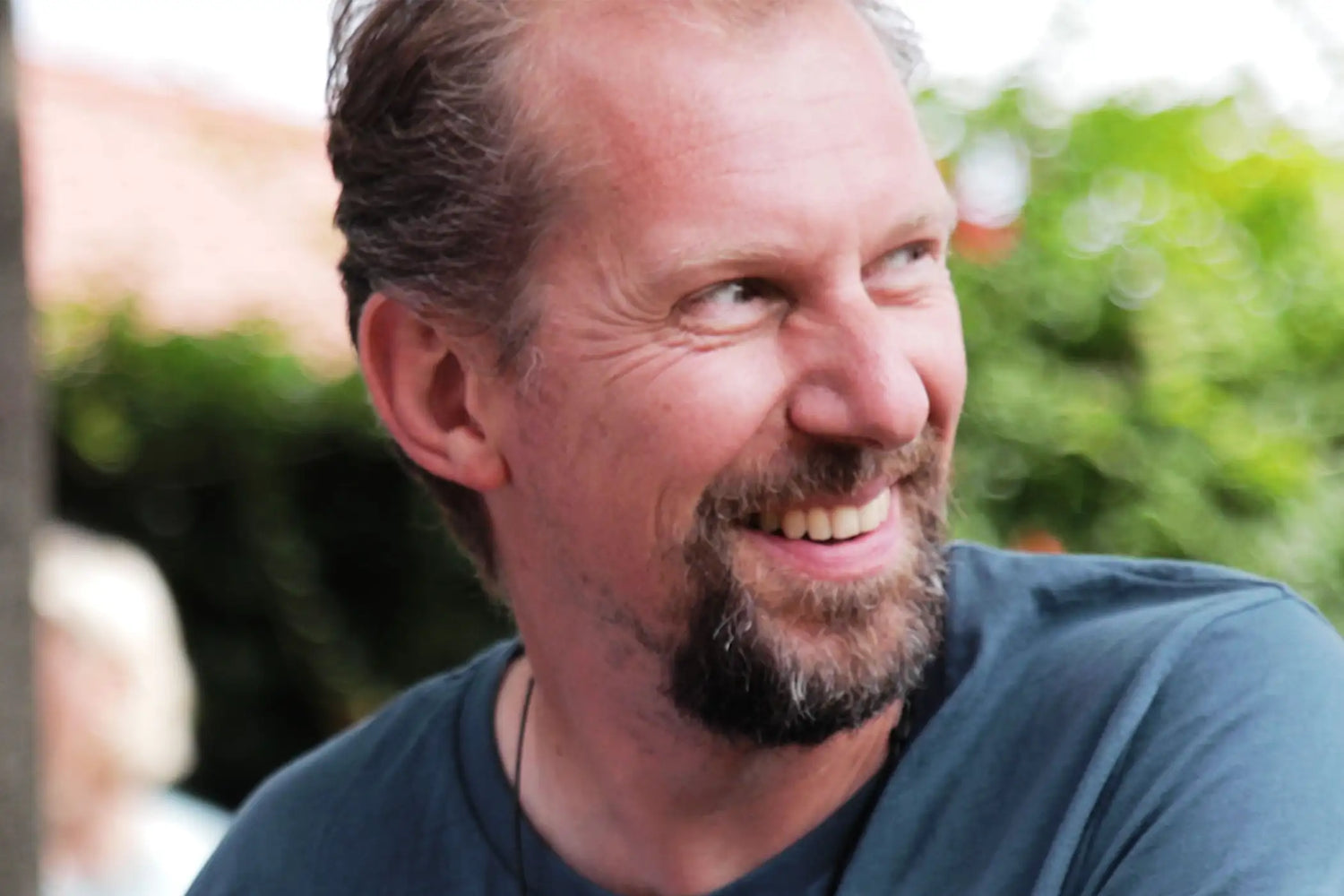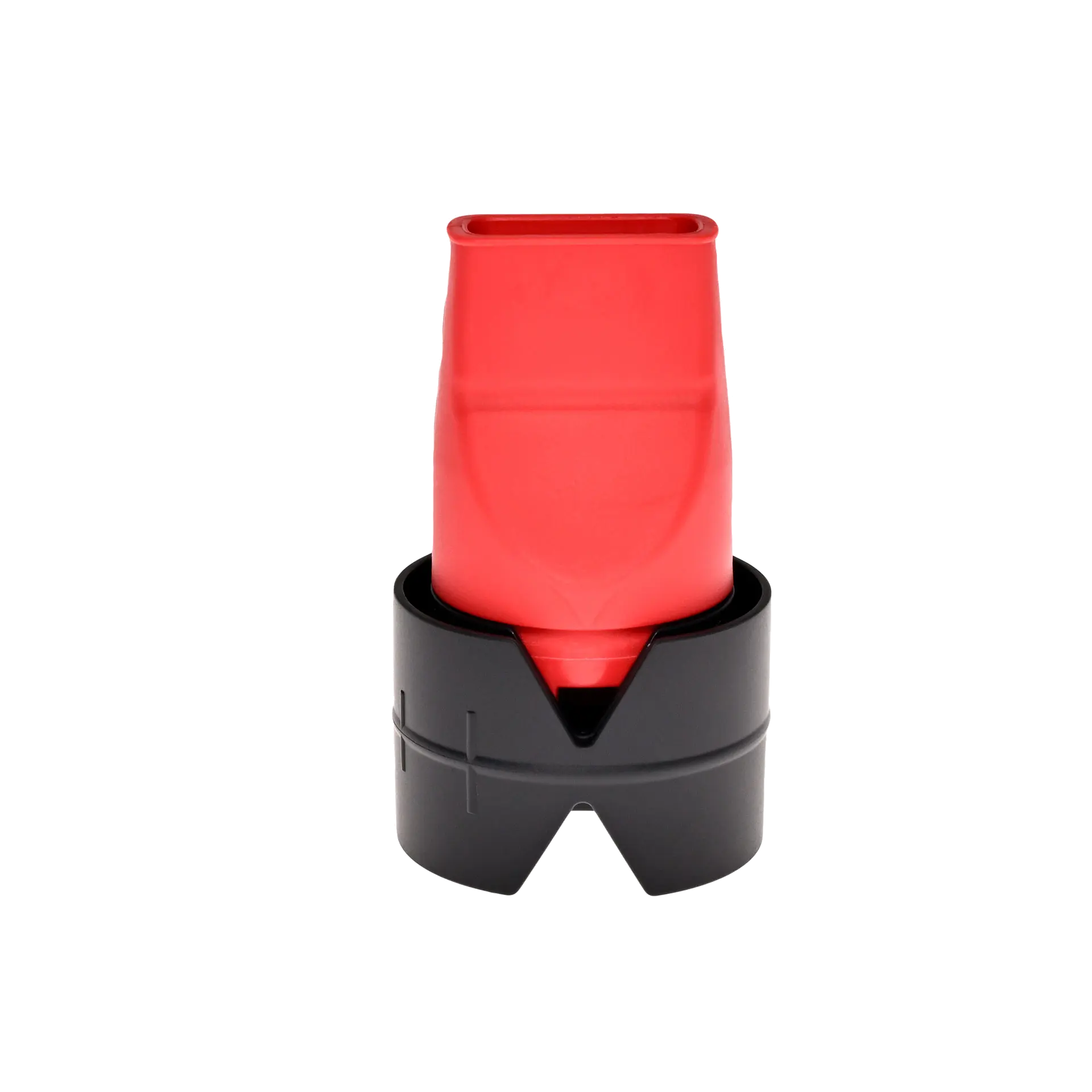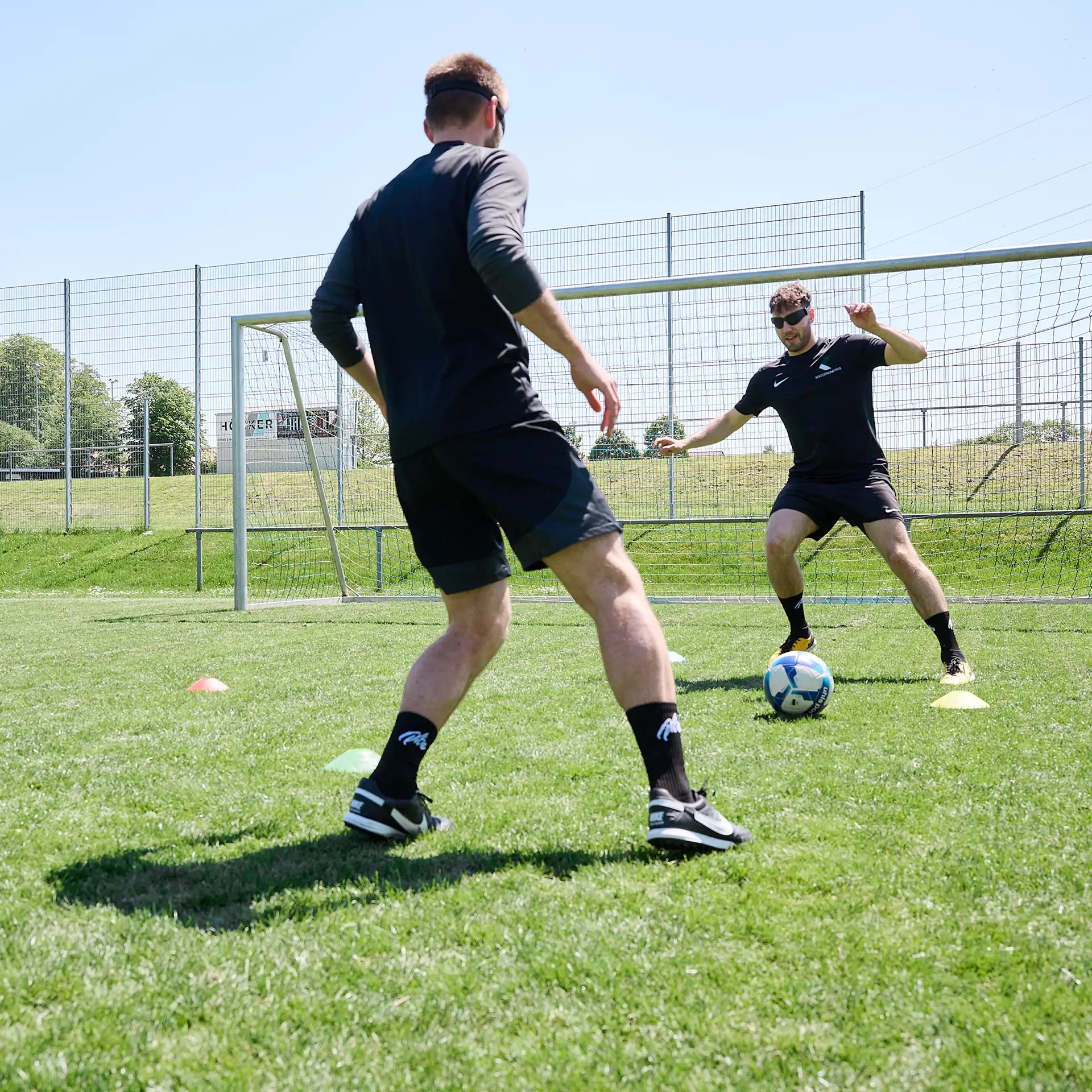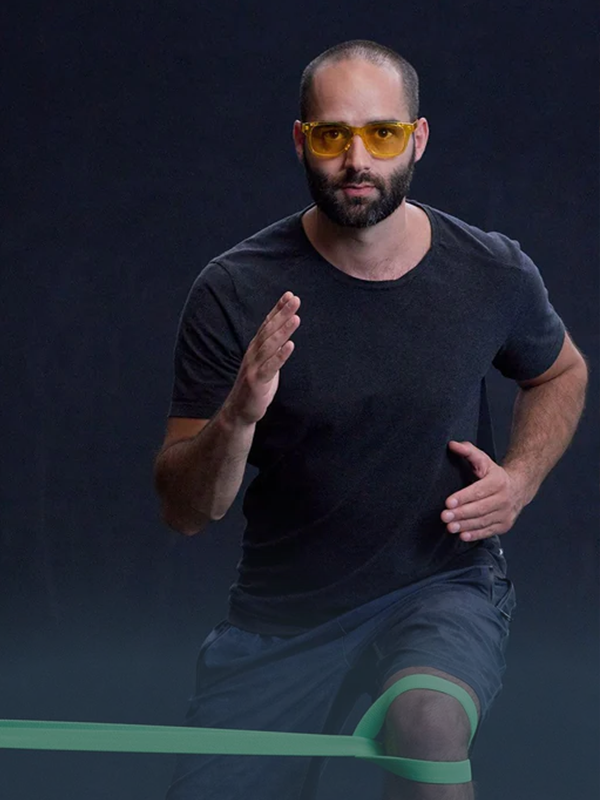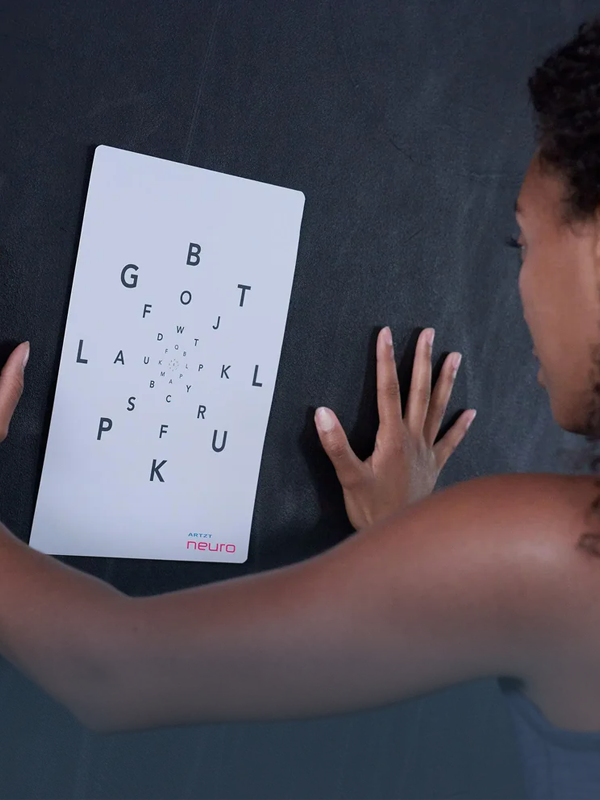Reading time: 5 min.
Dr. Wittfoth, you are a neuroscientist and psychologist and have been working on the topic of breathing for many years. In your opinion, why should breathing receive more attention, since we all breathe automatically from birth?
First of all, it's very exciting what you can do with changed breathing. When you try out certain breathing techniques and experience them yourself, you notice that they can bring you into other states of consciousness and that they also trigger physical, sometimes very strong, physiological processes.
Of course, all humans breathe from birth and need this basic life support process, but there are certain breathing patterns that we train ourselves over the course of our lives. This often happens as a reaction to traumatic experiences, but dietary habits and environmental influences also play a role here. Overall, it cannot be generalized that most people breathe “wrong”. However, many people often experience an improvement after breathing training, which leads to a subjective feeling of improved health and it can also be objectively determined physically that some somatic factors are improved.
What effects does incorrect breathing have on our health?
I don't want to talk about incorrect breathing here, because from the body's perspective there are adaptation mechanisms that try to cope with given circumstances.
Therefore, we should rather talk about dysfunctional breathing. Breathing tries to react to environmental stimuli, such as increased stress, and also has to cope with physical developments, such as a posture that is more adapted to desk work and hardly allows deep breathing. Stuffy noses are also common and only allow breathing through the mouth. All of this can lead to negative health effects relatively quickly. The result is sleep disorders caused by snoring or sleep apnea as well as chronic stress, which, like a vicious circle, promotes excessive breathing too quickly, which in turn cannot allow the stress to subside.
There is currently increasing discussion that misaligned teeth could be a consequence of excessive mouth breathing, particularly during childhood dental development.
Why has breathing received so little attention in therapy and training?
In recent years there has been a great impulse to focus more on breathing again. However, development is still far from where it should be. The ignorance of breathing as a therapeutic and performance-enhancing tool has many causes. Given that a large number of people in the world have been using breathing culturally for thousands of years, this is of course very strange.
Possible reasons for this lie in an incomplete scientific understanding of breathing, in the phenomenon that has tended to locate medical successes in breathing modification elsewhere (placebo) and in the development of supposed pharmacological “breakthroughs” that have made closer examination and investigation of breathing techniques obsolete . Likewise, the proximity of certain breathing schools to esoteric and psychedelic circles seems to have prevented serious employment.
How can you train breathing and are there helpful tools that make it easier to get started?
There are currently numerous breathing styles that promote different approaches. The important thing is that you feel drawn to one of these approaches and feel motivated to try it out. Good instructions are actually always an advantage.
In my experience, breathing techniques that offer an immediate new experience are great for getting started, although there are also recommended breathing techniques that slowly but very effectively bring about changes over daily training. Fortunately, you can find lots of good instructions online and get inspiration. Wim Hof deserves particular credit for having achieved the achievement of presenting breathing to the world in an appealing and motivating way.
But in order to support the progress that can be made with these breathing techniques, there are some direct aids available. Basically, deep diaphragmatic breathing is important in all breathing schools. A Breathing belt is very effective in training this breathing and reinforces the way you breathe through the body limitation and the counter pressure that the belt creates. You can also optimize the relaxation and functionality of the diaphragm. There are tools that you hold between your lips. By only offering resistance to exhaling, such as when Relaxator , or making it difficult to breathe in and out, as in Breathing trainer , the Euro-muscular coupling of many breathing muscles is strengthened.
Your “insider tip” for a promising start?
Be sure to look for an instructor or therapist if you get stuck or problems arise! Often people have misunderstood certain aspects of breathing technique or have individual peculiarities that need to be taken into account.
Breathing communities are sometimes helpful when you meet like-minded people who have already had their experiences, but sometimes you also receive unhelpful answers. Fortunately, in the member area of my podcast, the Breathing Code Club, you will find both a competent community and me as an expert who gives lots of supportive tips.
You are a certified Wim Hof instructor. What fascinates you about this breathing technique?
What initially really appealed to me was that I had great experiences during my first self-experiences, which led me to use this technology every day for months. Basically, it doesn't cost any money and you always have breathing available. Then, of course, I was fascinated by the scientific publications that had already been published about the Wim Hof method, which showed that the human immune system can not only be influenced by breathing, but can also be positively balanced. Something that I experienced very often myself when a cold was approaching and I was able to bring myself back to health by breathing.
However, I was only able to grasp the full potential of the method when I gave workshops myself. The amazing effects on so many people cannot be explained away. Take a room of 100 people, guide them through Wim Hof breathing and 90 of them have happy-making experiences and are completely enthusiastic, forgotten experiences come to mind and suppressed emotions are given their space. It's fantastic to know such a breathing instrument and to enrich many people with it.
During the Corona pandemic, we encountered the topic of breathing primarily in connection with intensive care units and artificial ventilation. However, so far there have been few programs for prevention or rehabilitation. In your opinion, can targeted breathing training be helpful for general respiratory diseases, and for post-Covid patients in particular?
A number of studies have already been done to shed light on exactly this point: Are breathing techniques a valuable, complementary tool to improve long-COVID? I am not aware of any research specifically related to COVID and breathing techniques.
In general, it seems to be becoming apparent that even with mild or asymptomatic cases, long-term effects can remain. A syndrome that is now referred to as POST-COVID or LONG-COVID. People in the 25-50 age group are affected, and women are more likely to be affected. Our research minister assumes 350,000 people are affected. The most common symptoms seem to be general exhaustion with persistent tiredness and listlessness, as well as breathing difficulties. It is not yet possible to foresee what all this means for the healthcare system in Germany in terms of follow-up costs. Some are already talking about an impending health and social crisis.
While in England, for example, a lot of new medical centers were set up with a lot of money, the health insurance companies in Germany waved them away, even though German medical associations are demanding something similar.
The cause of LONG-COVID is probably changes in various blood cells: the erythrocytes, which can now absorb less oxygen, and the neutrophil granulocytes. Using breathing techniques is a promising approach. Regular exercise can restore diaphragm function and normal lung capacity. Equally important is the improvement in anxiety and depression symptoms, which are relatively common.
I am currently working on setting up a “Breathing against LONG COVID” online program that advantageously combines breathing techniques from a wide range of directions in order to enable people who are affected in their home environment to use their own effective tool against LONG COVID to pick out the best and most helpful tools for yourself.
About the author
Dr. rer. nat. Dipl.-Psych. Matthias Wittfoth has a doctorate in neuroscience and is a certified Wim Hof Method Instructor. He studied psychology in Bremen and Heidelberg and received his doctorate at the Max Planck Institute in Leipzig and has published numerous international publications as a brain researcher on the topics of cognition, emotion, music and language.
After almost two decades of research (Bremen, Hanover, Boston) using functional imaging of the brain, he has been giving workshops on the subject of breathing and cold training across Europe for several years.

